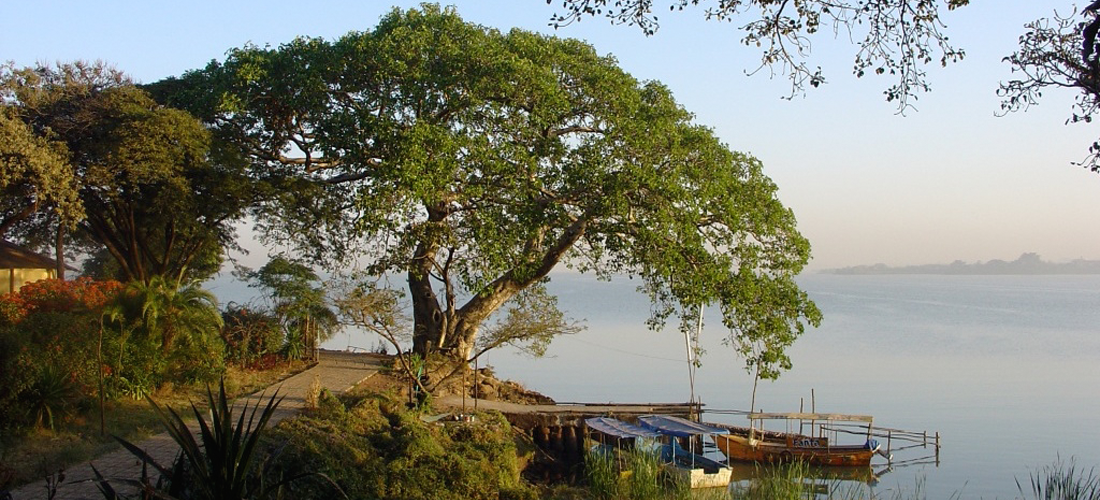Bishoftu: Going slow in Ethiopia’s Sunday town
Lake Bishoftu warms with the sun, just rising. Its surface thickens - coppery - and over it, water birds paddle silty circles; stirring thin black trails like tendrils of incense in a traditional coffee ceremony. They’re feeding on insects we can’t see from our balcony over the cliff. But the activity from up here becomes an artwork. We’re waking in Bishoftu (previously Debre Zeyit), 40kms from Ethiopia’s capital Addis Ababa, above one of the country’s deepest crater lakes. It’s one of a chain of five - 7000-year-old volcanoes actually - that loop through this town to give it its













